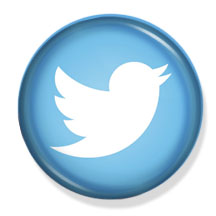
Small bat house designed
for the little brown bat
The Benefits of Bats
The little brown bat, Myotis lucifugus is one of the many species that can occupy this design of bat house. One bat can eat between 600-1000 mosquitoes in just one hour which is why they are extremely valuable to have around. The little brown bat usually has one baby (called a pup) per female each year, sometimes twins, born between May and July. Gestation lasts 50–60 days and after the pups are born they develop rapidly.
This house is built mainly for male bats who prefer slightly cooler temperatures throughout the summer. If you are looking to attract females, consider the large bat house instead.
Bats are primarily nocturnal and do most of their flying after the sun is set. While bats can't see colour, they are able to see shades and have relatively good eyesight. Echolocation is the process by which bats emit pulses of very high frequency sound and listen to the echoes reflected back at them to navigate and capture insects in the dark.
Simple Installation
Bats living in temperate climates either hibernate or migrate over the winter. Throughout the summer bats move to trees or buildings as the average temperature rises. Bat houses installed on buildings or poles are easier for bats to locate and have greater occupancy rates than those mounted on trees.
The sides of wooden or masonry structures are the best mounting sites, especially in colder climates, since temperatures are more stable than in houses attached to poles. Bat houses should be hung roughly 4-5m (12-15') above the ground, sheltered as much as possible from the wind.
When using bat houses in conjunction with excluding bats from a building, install the bat houses at least two to six weeks before the actual eviction, if possible.
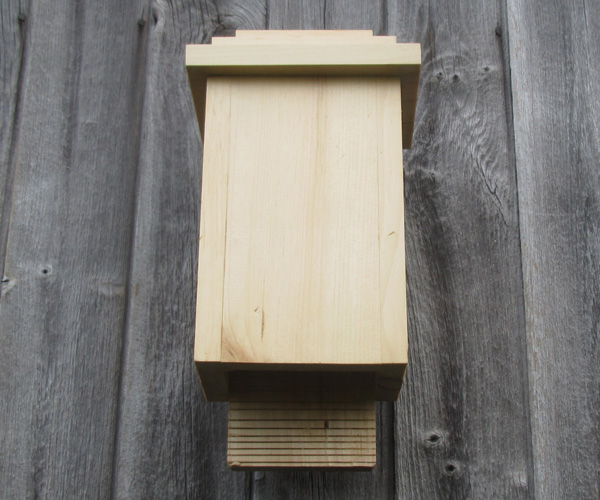
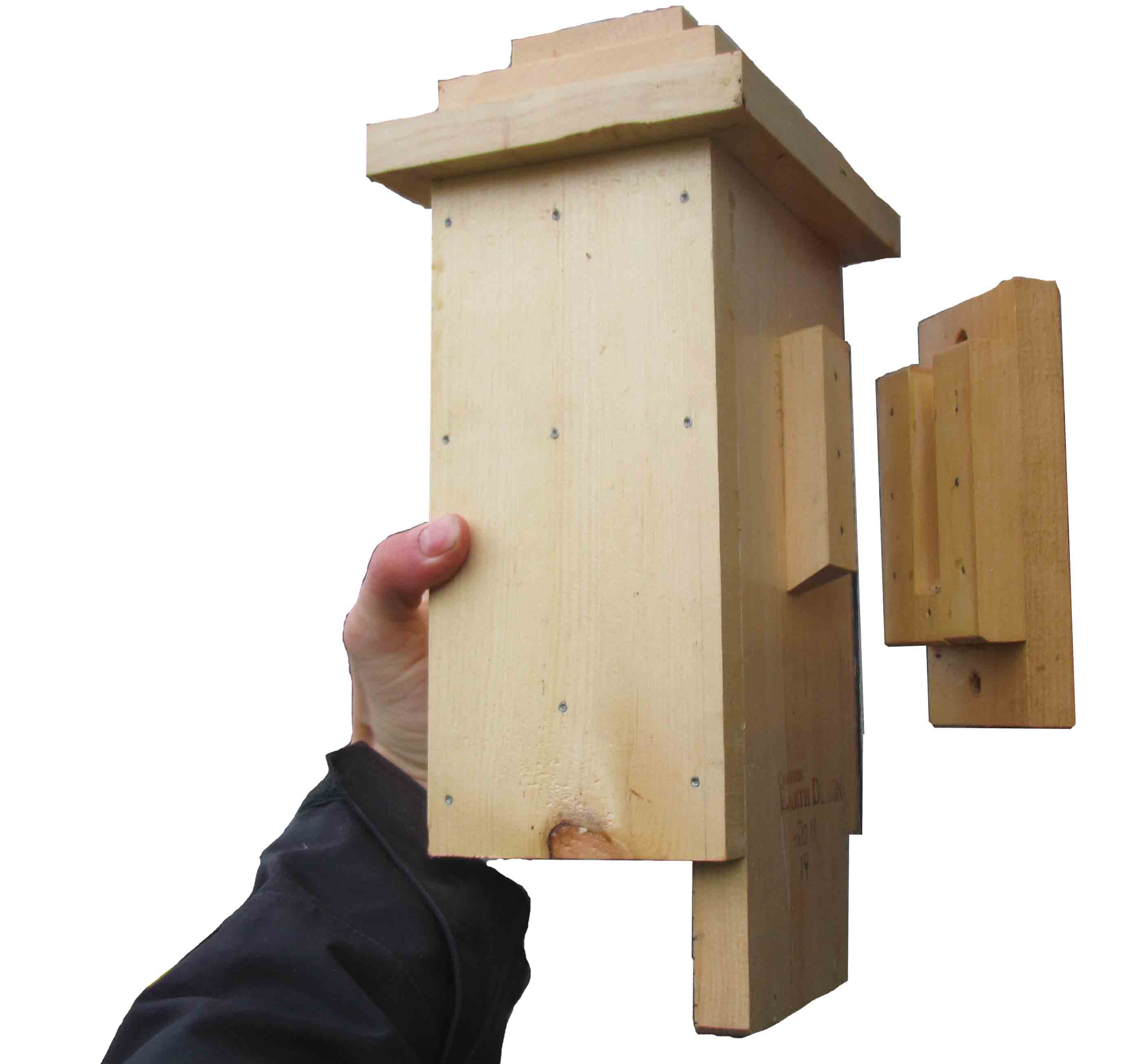
Maintenance and the effortless Bracket System
Maintenance performed on the bat house should be conducted when the bats are not present. If wasp nests form throughout the growing season they should be cleaned out each winter when the bats are not present.
New caulking, paint or stain may be required after three to five years to prevent against leaks. We recommend using Vermont Natural Coating's PolyWhey Exterior wood finish as seen below.
Non-toxic Preservative
PolyWhey provides a tough and water-proof coating created from whey, a bi-product of the dairy industry. Unlike oil-based wood finishes that rely on petroleum, PolyWhey is derived from a renewable resource, has a very low VOC level and does not require a year to outgas - it is safe for bats the day it is finished.
Although bats prefer a weathered house, after a few years the PolyWhey coating may start to show signs of wear. Another coat of preservative can be applied to extend the life of the birdhouse. Bat houses mounted under an eave or porch will maintain their finish better than those fully exposed to the elements.
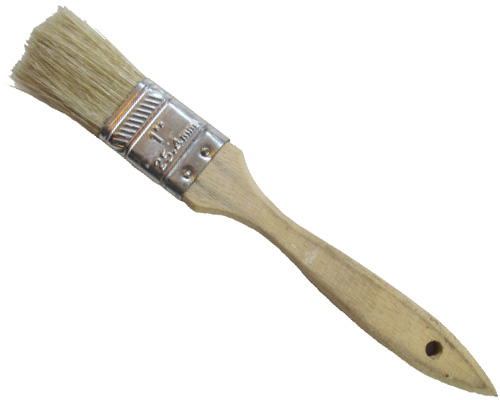
Purchase a Small Bat House
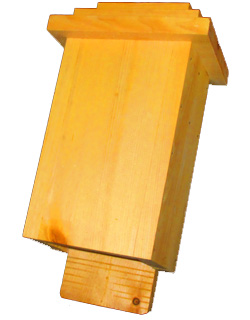
Sold Out
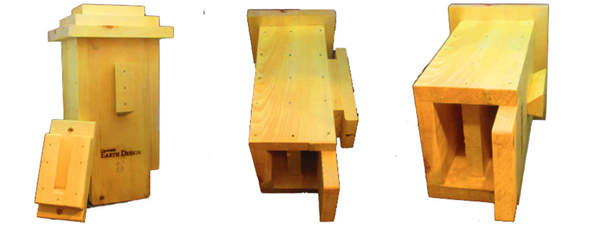
Small Bat House - Natural Finish
Attract bats with this high quality white pine bat house. Bats can eat between 600-100 mosquitoes in just one hour! The bat house can be removed from mounting bracket for easy cleaning. Coated with several layers of a waterproof, non-toxic preservative for many years of use. This bat house mainly houses male bats only. Mounting bracket, hardware and complete instructions included.
Features
•mounting bracket
•screwdriver-less cleaning
•non-toxic, waterproof coating
•proper interior dimensions
$45
Tax included
Inventory available: 0
Ships next business day
SKU: CED-BSC









